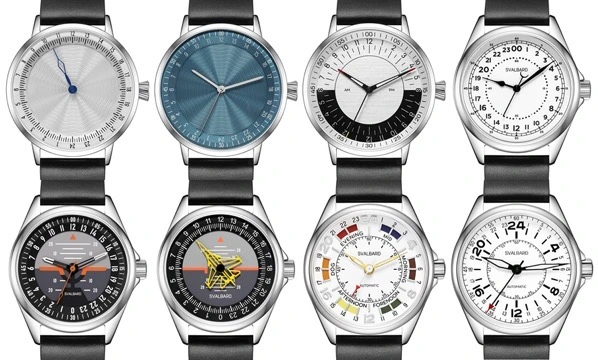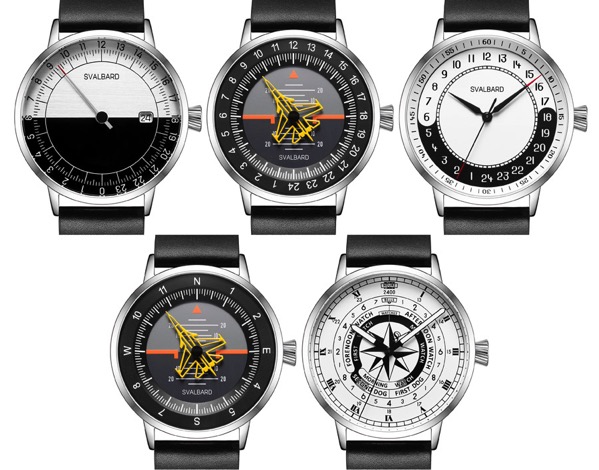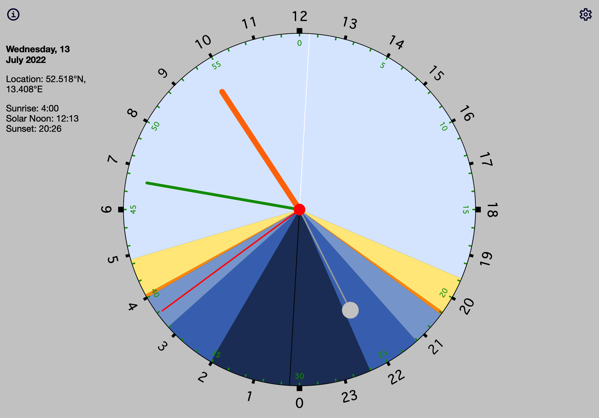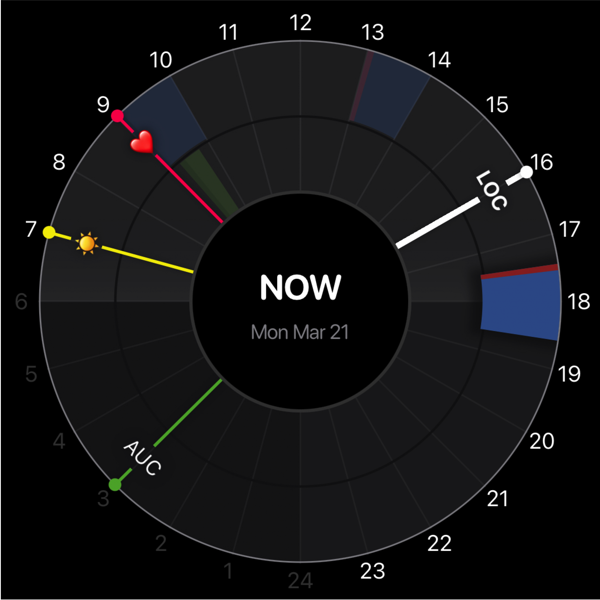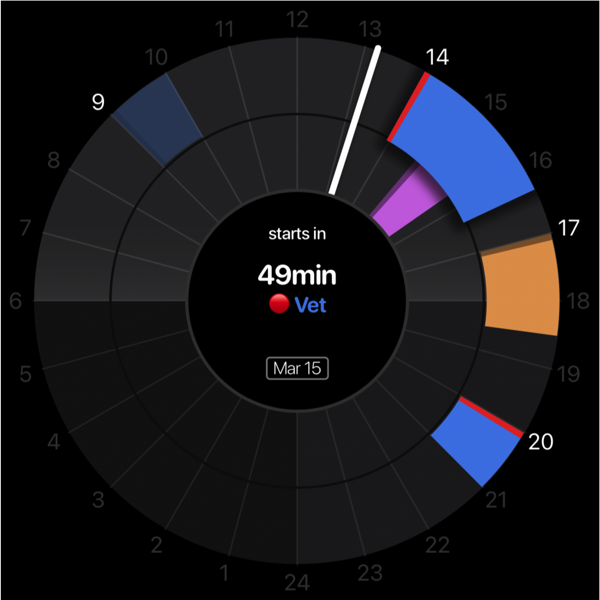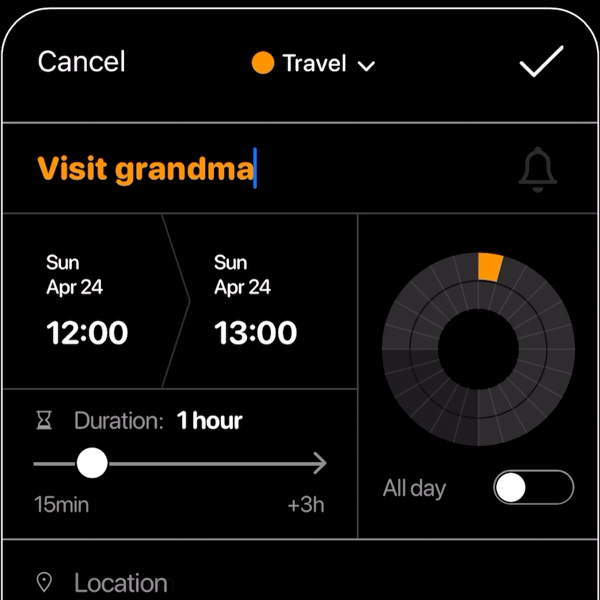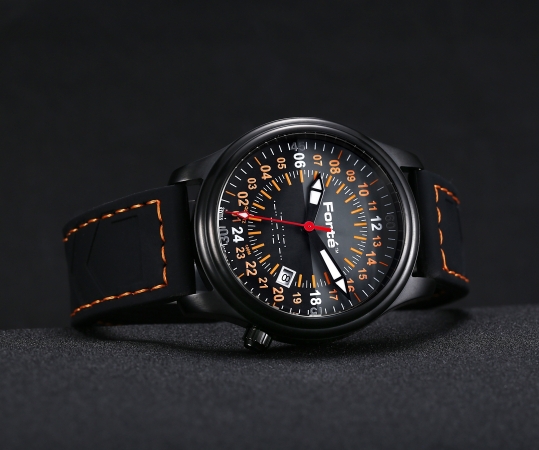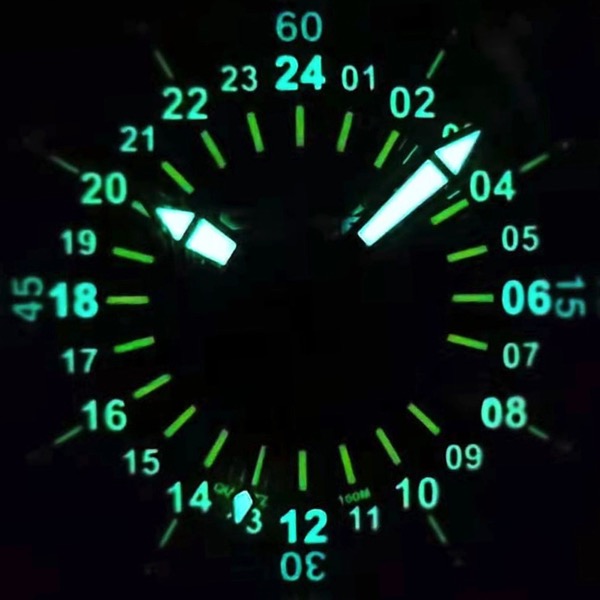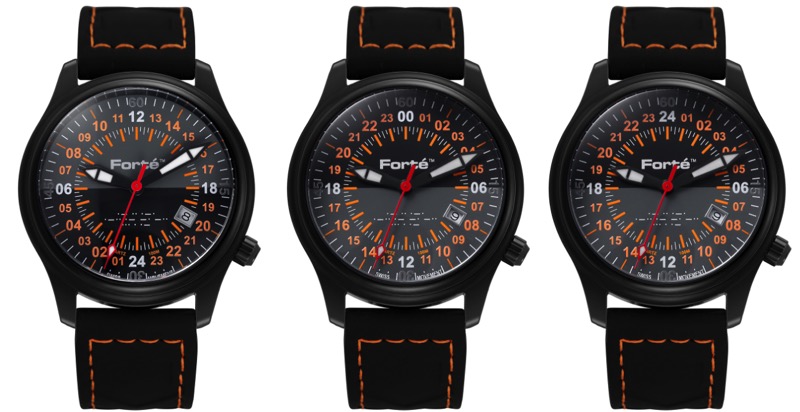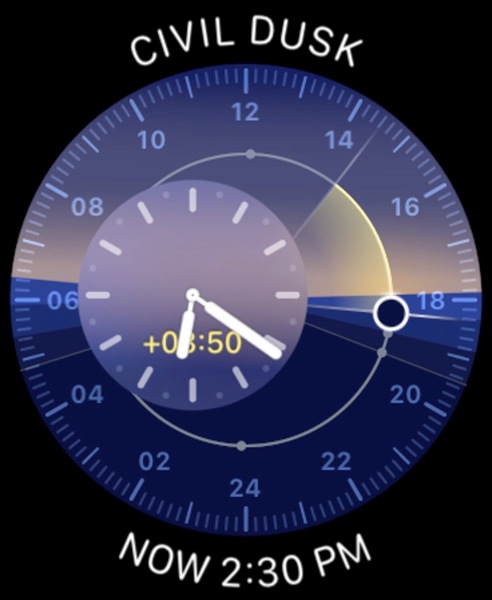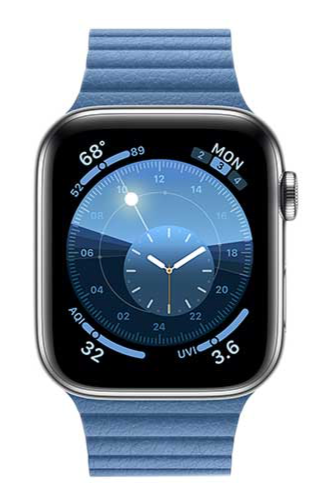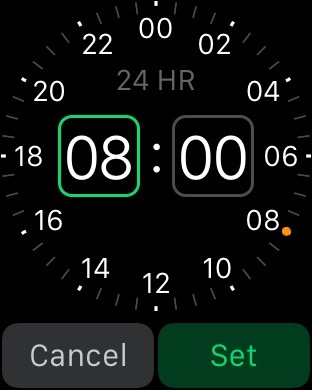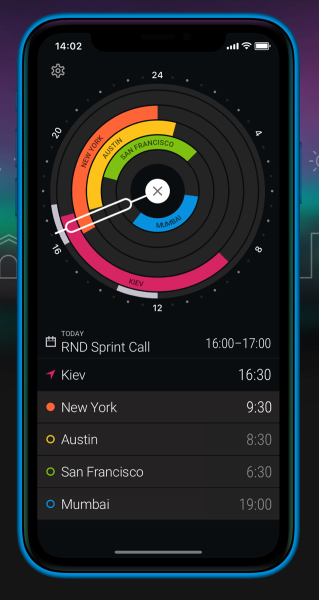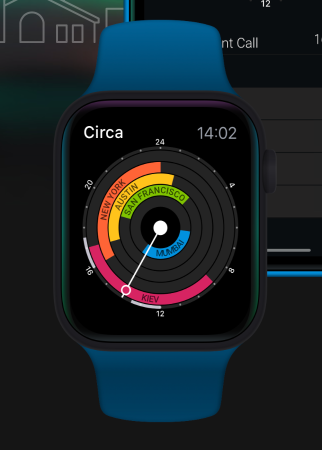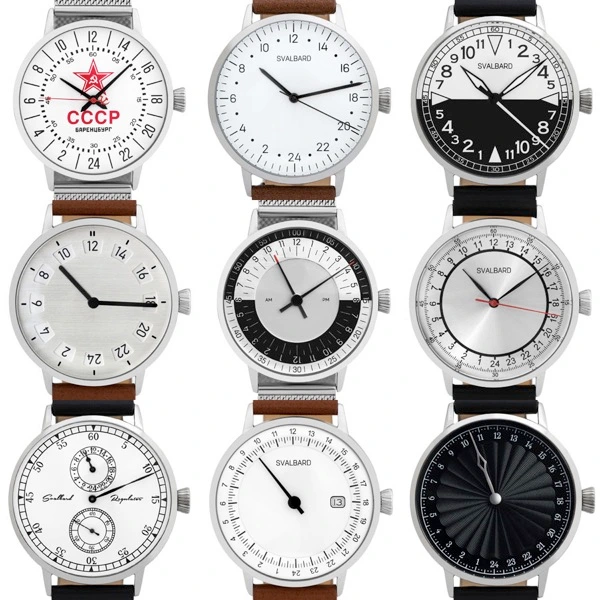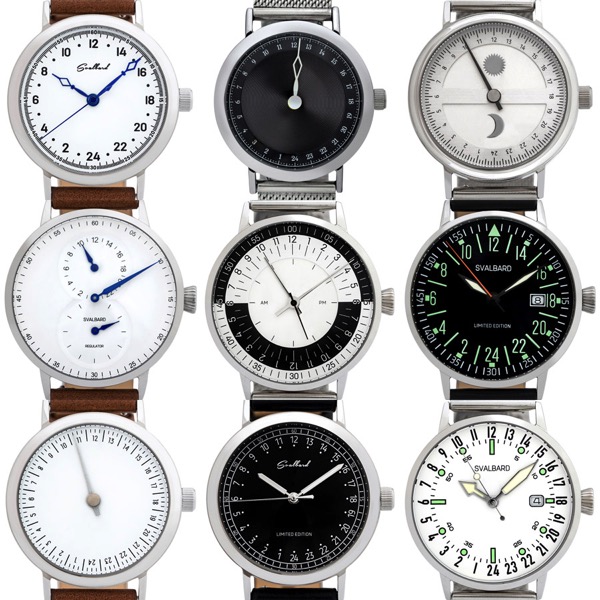On TV recently, an episode of Secrets of the London Underground looked at Picadilly Circus station, and there was a brief and rare glimpse of the unique World Time Today Linear Clock. This was built in about 1923-1925, designed by the architect Charles Holden, who also designed the rest of Picadilly Circus station and other London tube stations.
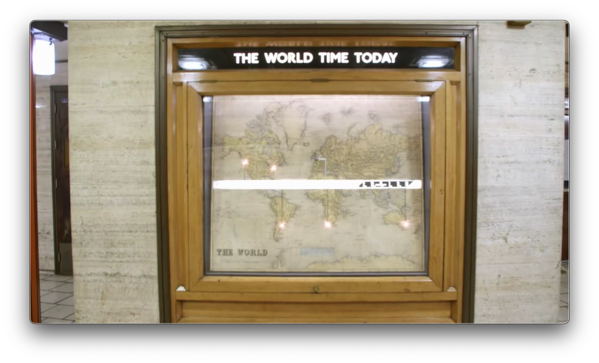
The title at the bottom left is “The World, on Mercator’s projection”.
There are a few lights indicating some major cities.
Here are some pictures of the display and inner mechanism.
The time is displayed by a scrolling band with the Roman numbers from “0” to “XII” repeated once. It shows both GMT and Daylight Savings Time (Summer Time). The band scrolls left (west) at the same speed as the earth rotates.
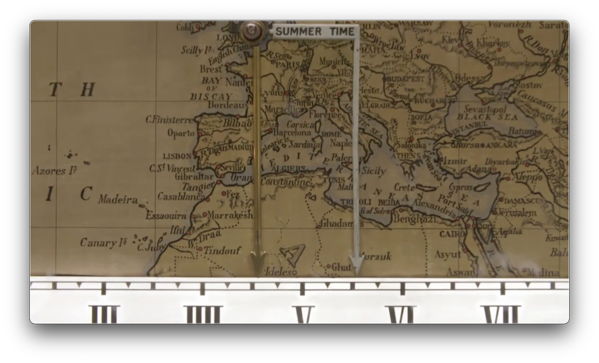
It probably gives a reasonably indication of the current times in various parts of the world, although, if you look at this much more detailed map of time zones from the wikipedia:
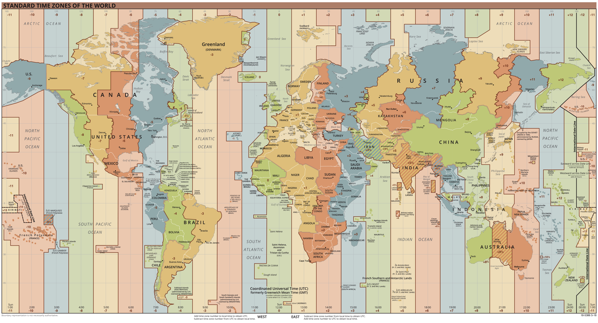
the simple linearity obviously isn’t going to be very accurate.
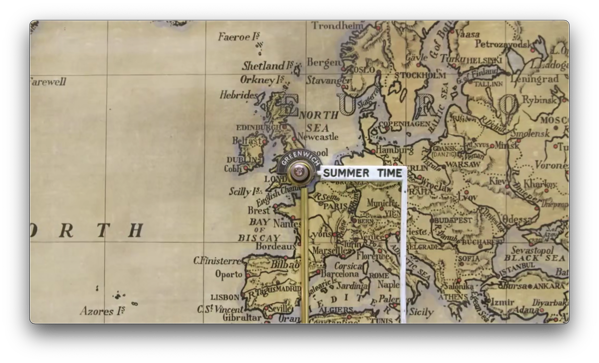
The numbers are shown in reverse for a few hours of the night, around midnight.
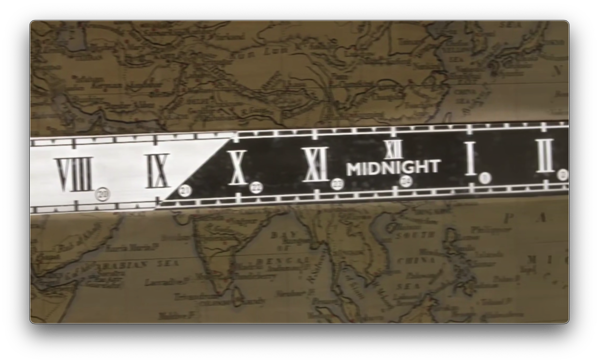
I suspect that the band has to be at least twice as long as the width of the map, so that it can run around both in front of and behind the map. The band looks quite long in these pictures.
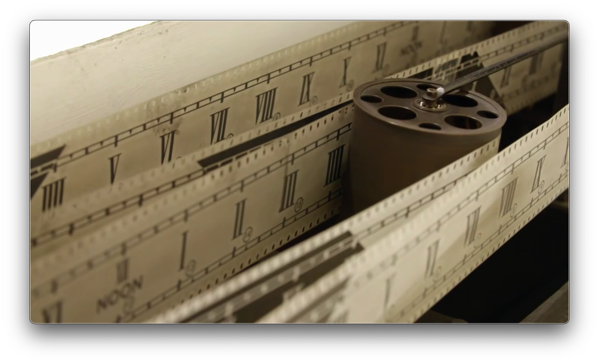
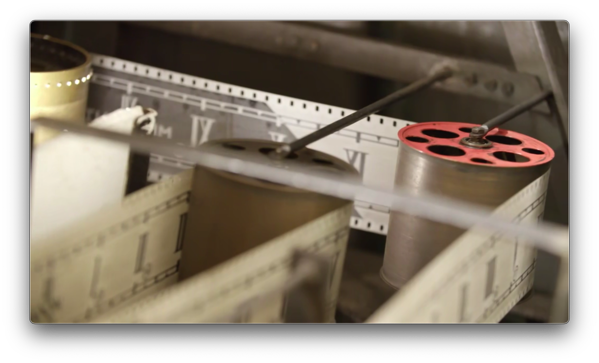
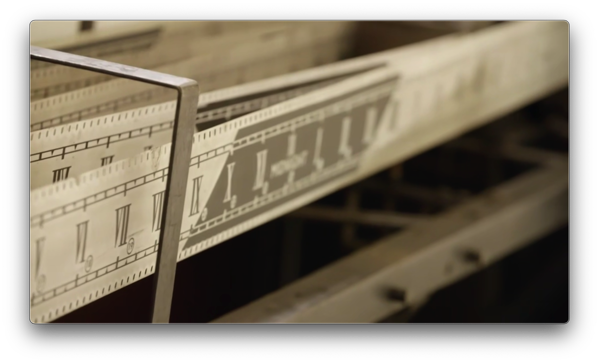
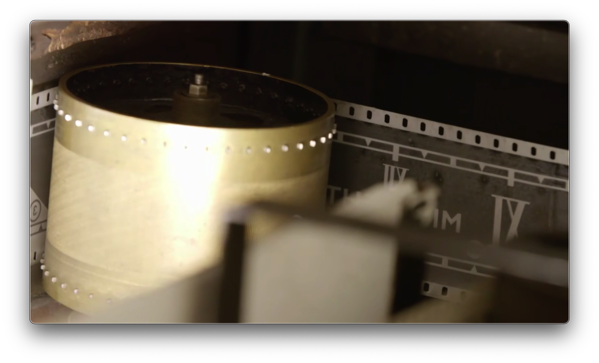
Here’s a moody photograph of Charles Holden:

Holden sometimes used the pseudonym “The Owl”, because of his habit of working on his designs at night, sometimes until 3 or 4 o’clock. He was said to be a good craftsman and “good with his hands”, so I expect he played a large part in the design and manufacture of this clock, possibly in collaboration with building firm John Mowlem Ltd, with whom he worked on the development of Picadilly Circus station.
(The “Secrets of the London Underground” series was made by UKTV, which is owned by the BBC. I don’t know how you can watch this if you’re not in the UK.)
